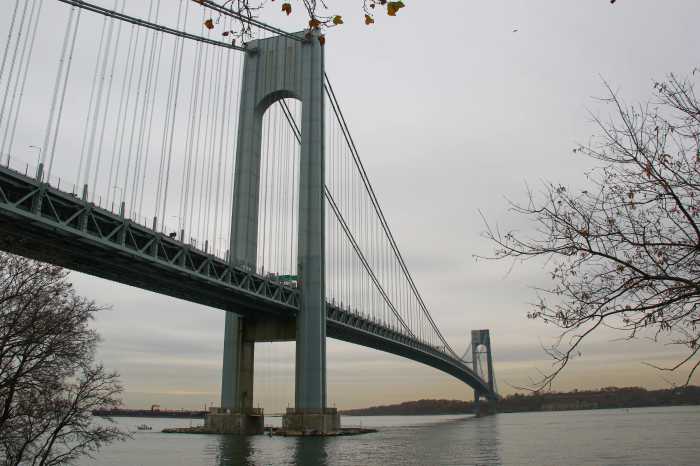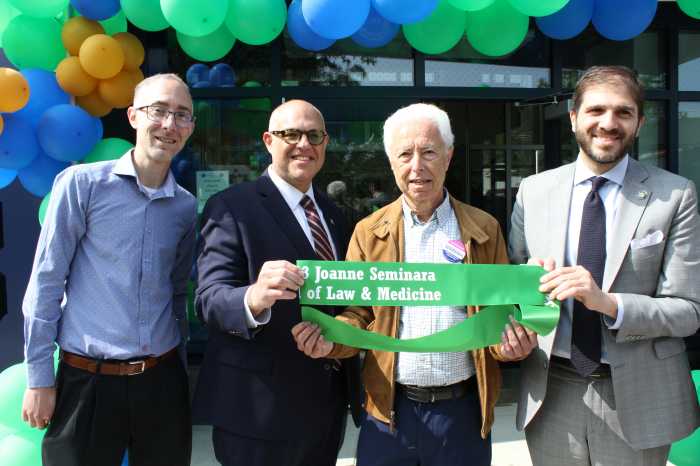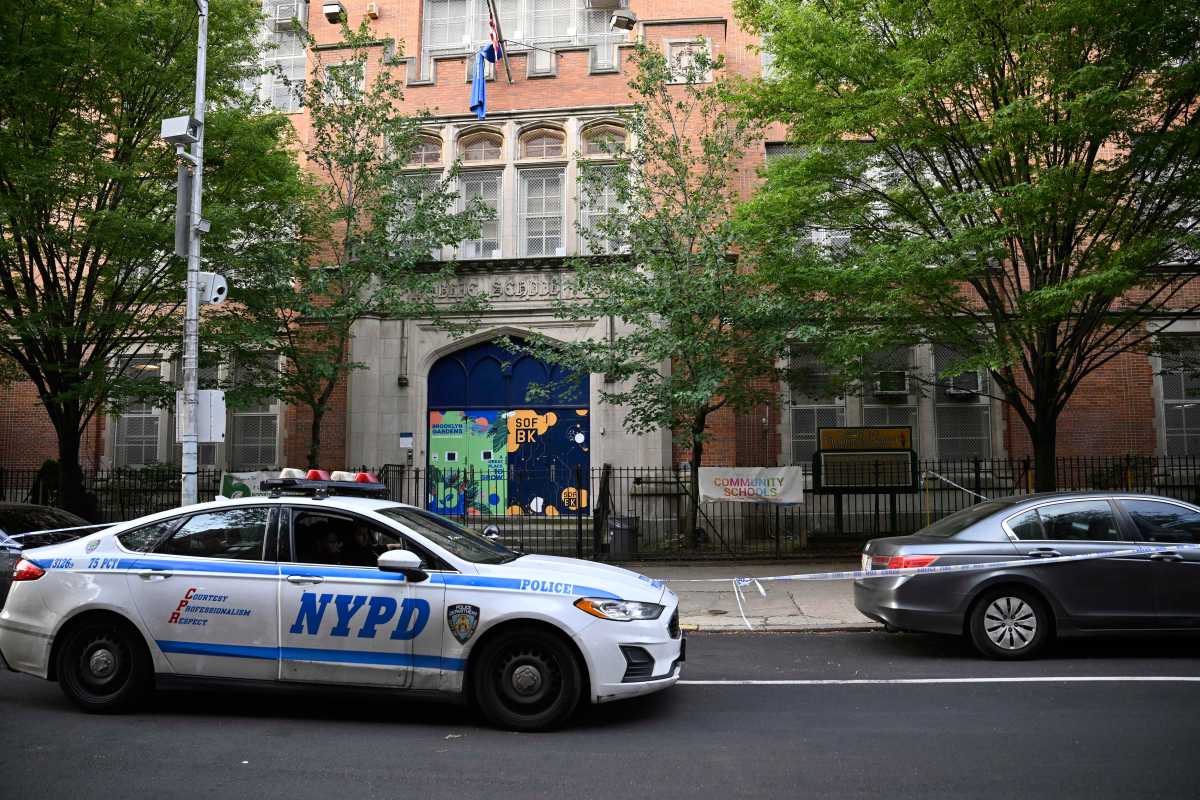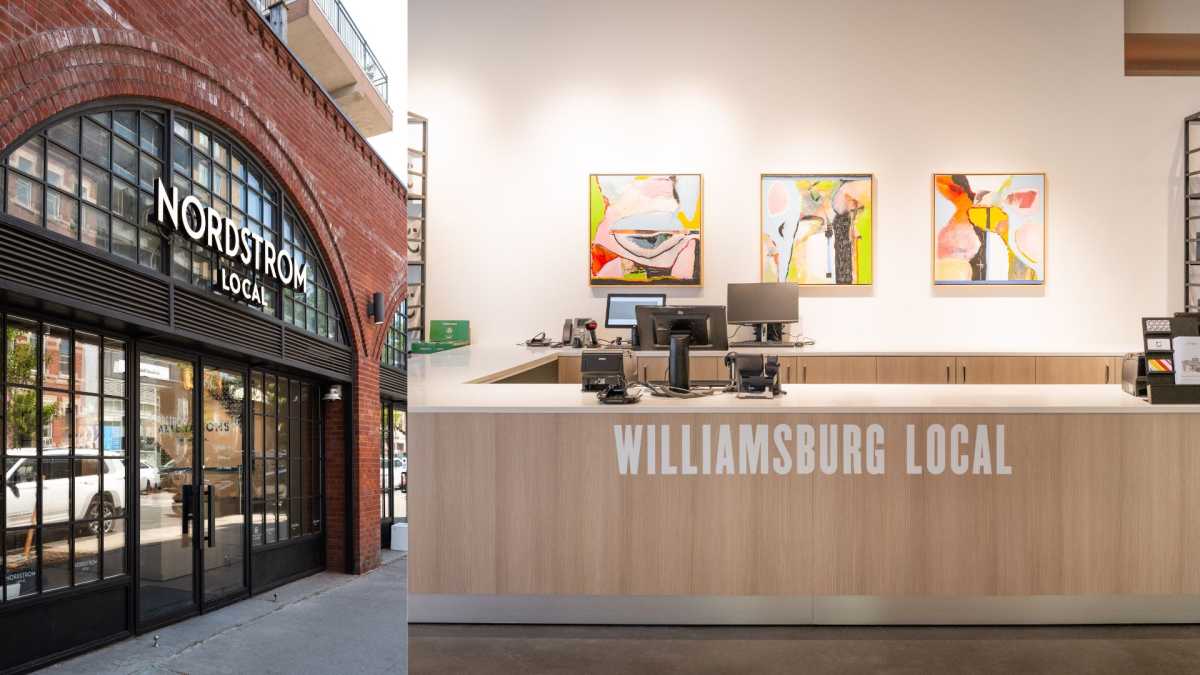The demographics of once-predominantly Italian Bay Ridge may have changed over the decades, but on the micro level, Italians still rule the Ridge.
A Weill Cornell Medical College study of bacteria in city subway stations released on Feb. 5 found half of Bay Ridge’s stations are crawling with Enterococcus italicus, a bacteria used to make Italian Piemontese cheeses.
Residents were understandably shocked.
“Get outta here!” said Elizabeth Monaco, a Ridgite of Italian descent who owns Monaco’s Bakery. “Don’t tell me it’s the stuff they make the mozzarella with. Fuggedaboutit, everybody would stop eating cheese.”
But the bacteria isn’t dangerous, a researcher said.
“If you like pizza, these are your best friends,” said Christopher Mason, a geneticist at Cornell and the study’s senior author.
In fact, E. italicus could prevent harmful bacteria from spreading throughout the city, according to Mason.
“These bacteria may even be helpful, since they can out-compete any dangerous bacteria,” he said.
The microbes probably hitched a ride on straphangers’ clothes and hands, Mason said.
The news that trillions of E. italicus organisms inhabit the turnstiles at the Bay Ridge Avenue and 86th Street stations flies in the face of the conventional wisdom that Italian-Americans are decamping from Bay Ridge and other Brooklyn enclaves. The Ridge has just 11,791 folks claiming Italian ancestry — 16.2 percent of the area’s population — according to 2009-2013 census data.
Many left the Ridge for more bucolic environs, Monaco said.
“They all jumped ship to Staten Island,” she said.
But the census doesn’t tally microbial organisms, which could number in the trillions on each turnstile, Mason said.
And talk about locally sourced ingredients — Mason said someone could use the E. italicus from 86th Street to make their own Parmigiano–Ridge-iano, though he didn’t recommend it.
Bacteria is integral to forming formaggio, said Stephanie Pearson, who sells cheese at ALC Italian Grocery on Third Avenue. The little critters eat milk fat, turning it into lactic acid and helping separate cheesy curd from watery whey, she said.
Pearson said it wouldn’t be the first time an enterprising cook cultivated her own micro-biotics.
“Like the hipster that grew yeast in his beard and brewed beer out of it, its the same concept,” she said, referring to brewmaster John “More Hops” Maier of Rogue Ales in Newport, Oregon.


























